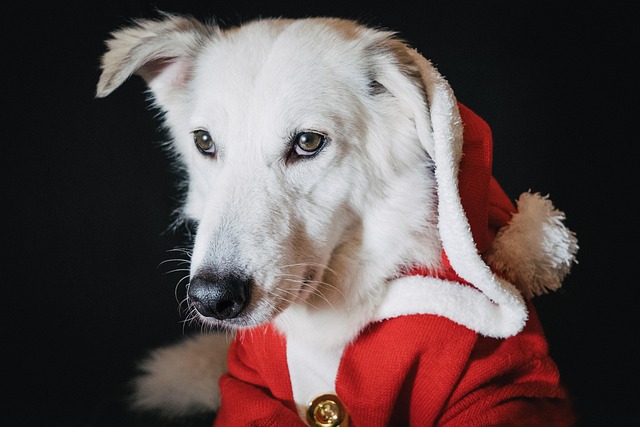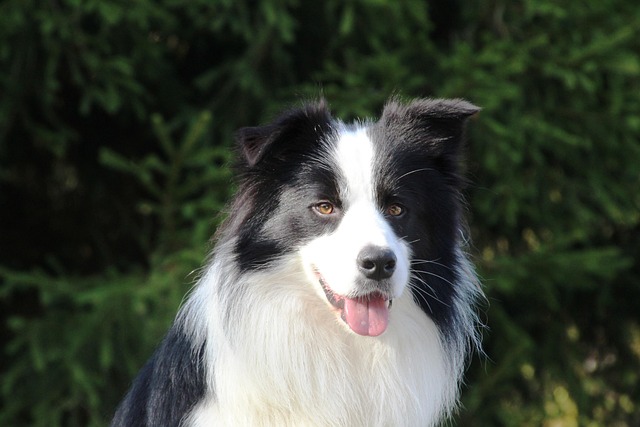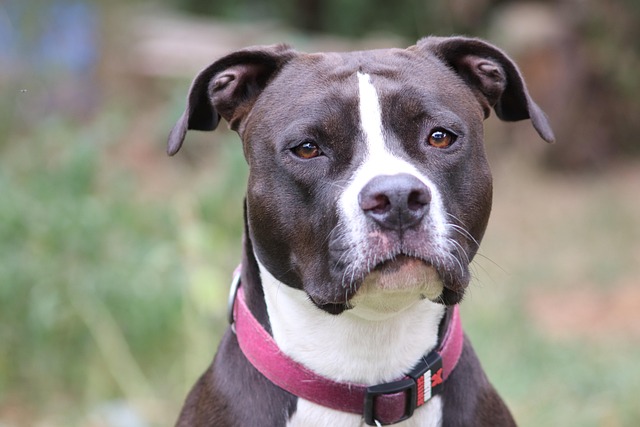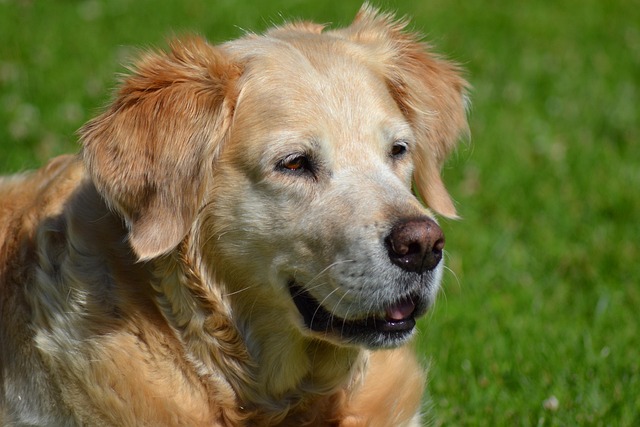
How to train potty train a dog?
Many new pet owners find themselves scrambling at 6 a.m., cleaning up a mess their puppy left by the couch.
There’s something special about the way a dog’s eyes light up when they’re trying to figure out a new trick—like they’re in on a secret game just between you two. Teaching your dog to lie down and roll over isn’t just about showing off at the park; it’s a chance to build trust, burn off energy, and make your bond even stronger. Start with lie down, and you’ll be surprised how quickly your pup catches on with the right approach.
Grab a handful of their favorite treats—small, soft ones work best so they can gobble them up fast and stay focused. Let your dog sniff one, then hold it close to their nose. Slowly lower your hand toward the floor, keeping the treat just in front of their paws. Most dogs will follow that tasty scent right down, elbows hitting the ground as they stretch. The second their belly touches the floor, say “lie down” in a cheerful tone and pop the treat in their mouth. Repeat this a few times, and soon they’ll start associating the phrase with the action—no treat needed to prompt them. If they get confused, take a break; 5-minute sessions are better than pushing through when they’re distracted.
 Once “lie down” feels like second nature, roll over becomes a playful extension. With your dog already on the ground, hold a treat near their shoulder, then slowly move it toward the opposite hip. As their nose follows, their body will start to twist—some dogs get wobbly here, which is totally normal. If they roll all the way over, even halfway, cheer loudly and reward them. Missed the full roll? No big deal. Try again, keeping the movement slow enough for them to track. Puppies might take a week or two to nail it; older dogs might need a little longer. Patience matters more than speed here.
Once “lie down” feels like second nature, roll over becomes a playful extension. With your dog already on the ground, hold a treat near their shoulder, then slowly move it toward the opposite hip. As their nose follows, their body will start to twist—some dogs get wobbly here, which is totally normal. If they roll all the way over, even halfway, cheer loudly and reward them. Missed the full roll? No big deal. Try again, keeping the movement slow enough for them to track. Puppies might take a week or two to nail it; older dogs might need a little longer. Patience matters more than speed here.
Training should always feel like a game, not a chore. Never use force or raised voices—those methods can scare your dog and make them avoid the activity altogether. Most places have laws against harsh training techniques, and for good reason: positive reinforcement builds confidence, while fear breaks it. Keep sessions short, end on a high note, and adjust to your dog’s pace. Some days they’ll be eager to learn; other days, they’d rather chase a butterfly. That’s okay—flexibility keeps it fun for both of you.
Watching your dog master these tricks is rewarding, but the real win is the connection you’re building. Every time they respond to your voice, every tail wag when they get it right, it’s a reminder of how well they know and trust you. Plus, these skills can come in handy—lie down helps keep them calm in busy places, and roll over? Well, that’s just pure joy to watch, whether you’re at home or out with friends.
Dogs thrive on consistency and kindness, and these tricks are the perfect way to deliver both. Stick with it, celebrate the small wins, and soon you’ll have a pup who’s not just following commands, but loving every second of the process. That’s the magic of training—turning everyday moments into memories that last.

Many new pet owners find themselves scrambling at 6 a.m., cleaning up a mess their puppy left by the couch.

Potty training a German Shepherd can feel like a big task, especially since these dogs are smart but also have lots of energy—meaning accidents can happen fast if you’re not consistent.

One of the coziest parts of camping is settling in for the night, but as a new dog owner, you might be staring at your tent wondering

Bringing a new furry friend home is exciting, but figuring out potty training can feel overwhelming for first-time owners.

The thought of sharing your first camping adventure with your dog is incredibly exciting—the hikes, the campfire cuddles, the stunning photos.

The dream of falling asleep under the stars with your furry best friend curled up beside you is a powerful one. But for many new dog owners